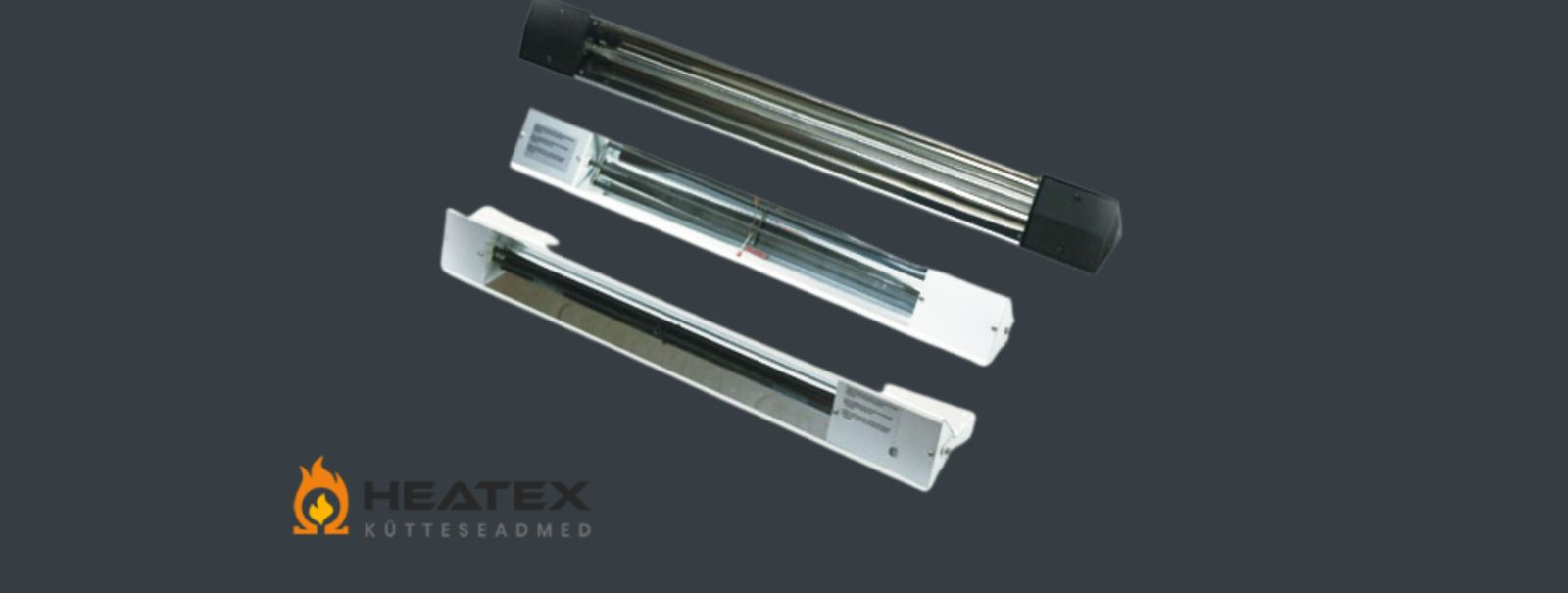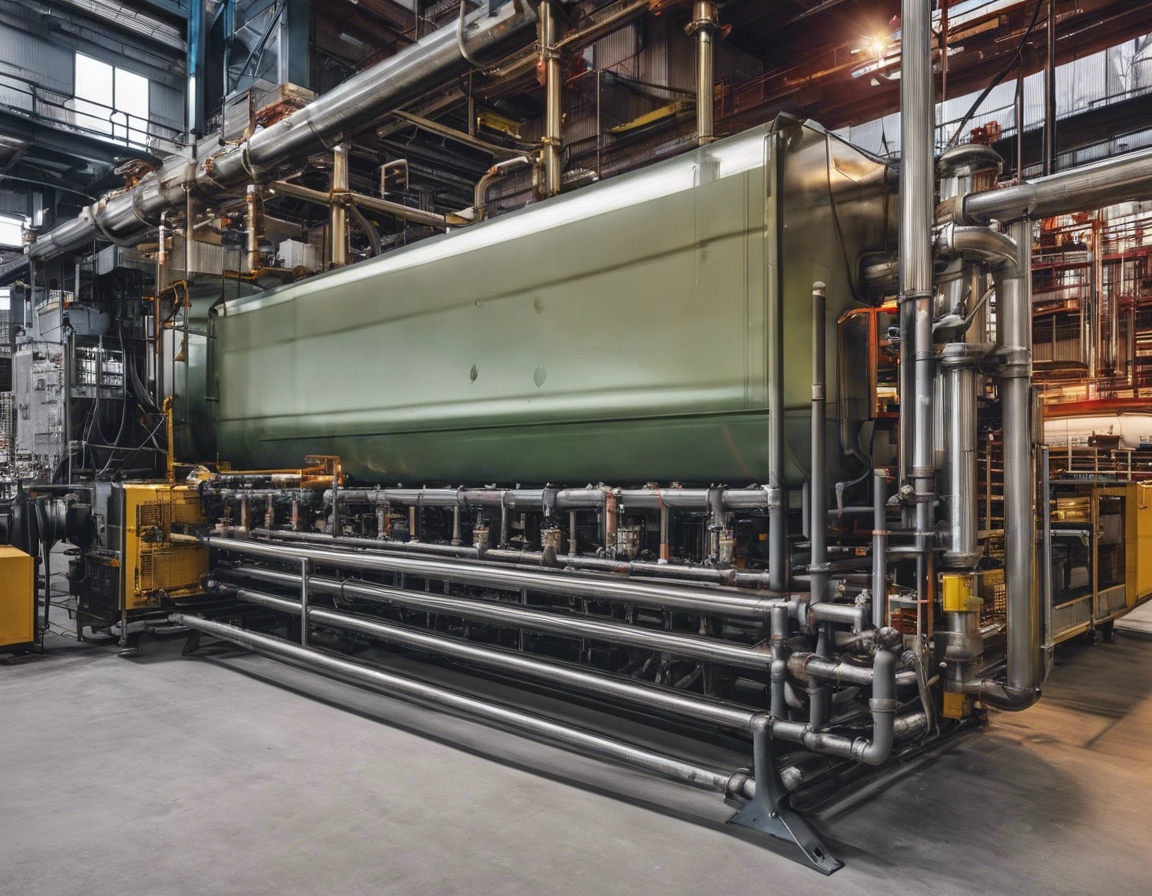5 ways infrared heat emitters can cut your energy bills
In the quest for efficient heating solutions, infrared heat emitters stand out as a revolutionary technology that can significantly reduce energy bills. Unlike traditional heating systems that work by warming the air, infrared heaters emit rays that directly warm objects and surfaces in their path. This direct transfer of heat is far more efficient and can lead to substantial energy savings.
Infrared heating utilizes the same principle as the sun's rays. It delivers heat directly to people, floors, walls, and other surfaces without the need to heat the air in between. This method of heating is not only more efficient but also provides a more comfortable warmth as it reduces the circulation of dust and allergens.
Traditional heating systems, such as forced-air or radiators, operate by heating the air, which then circulates throughout the space. This process can be inefficient due to heat loss through ducts and the slow nature of warming large volumes of air. Infrared heat emitters bypass this issue by directly heating the area of interest.
1. Direct Heating Efficiency
Infrared heaters emit a wavelength of light that is absorbed by objects and surfaces, which then radiate the heat back into the space. This targeted approach means that heat is delivered exactly where it's needed, without wasting energy on unused areas.
Since infrared heating does not rely on warming the air, there is minimal heat loss, making it an extremely efficient form of heating. The immediate effect of the infrared rays also means that comfort is felt soon after the heater is turned on, reducing the need to run the system for long periods.
2. Zone Heating Capabilities
With infrared heat emitters, it's possible to implement zone heating strategies by placing heaters in high-use areas. This ensures that heat is concentrated where it's most needed, avoiding the wasteful heating of empty spaces.
By heating only specific zones, you can maintain a lower thermostat setting overall, which translates to lower energy consumption and costs.
3. Faster Heating Times
Infrared heaters can reach their maximum temperature almost immediately, providing quick and responsive heating. This rapid heating capability means that you don't have to preheat a space for comfort, leading to further energy savings.
The ability to quickly adjust to temperature changes also means that infrared heaters can be turned off when not needed, unlike traditional systems that may need to run continuously to maintain a constant temperature.
4. Lower Maintenance Costs
Infrared heaters are designed with fewer moving parts than conventional heaters, which results in a longer lifespan and less frequent need for maintenance or replacement parts.
The durability and low maintenance requirements of infrared heat emitters contribute to their cost-effectiveness, as the long-term savings on repairs and maintenance can be significant.
5. Environmentally Friendly Technology
Infrared heating is a more sustainable option, as it can reduce the carbon footprint of a heating system. By using less energy and operating more efficiently, infrared heaters support a greener lifestyle.
Furthermore, infrared heaters can be easily integrated with renewable energy sources such as solar panels, enhancing their environmental benefits and leading to even greater reductions in energy bills.






Comments (0)